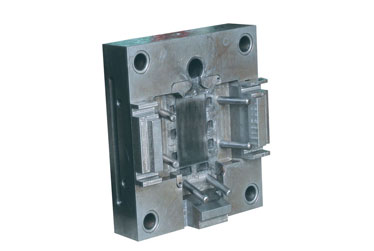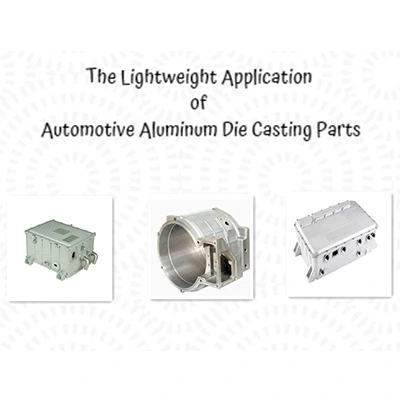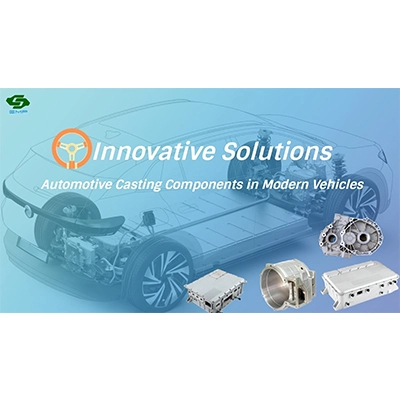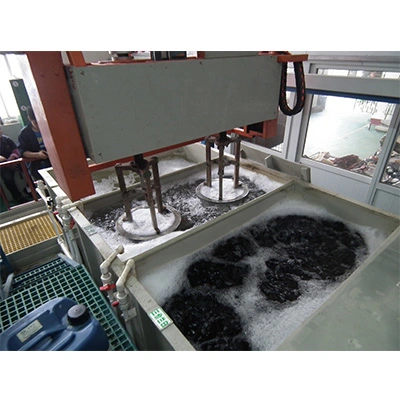

Die casting aluminum parts It is necessary to preheat the casting aluminum die before die casting. The unheated die will make the aluminum liquid cool too fast and reduce the fluidity, making the casting easy to have problems such as cold separation, incomplete moulding, inclusion, porosity, etc. At the same time, the mold is strongly impacted and the stress is doubled, which makes it easy to be destroyed. Therefore, preheating can improve the surface quality of castings and prolong the service life of dies.
Generally, the preheating temperature is controlled at150 ℃ ~ 300 ℃, and it can be used after holding for about 0.5h.
Do not use molten metal(aluminum water) directly to preheat the mold, because if the cold mold directly contacts the hot liquid metal, it is bound to be impacted by heat, resulting in thermal erosion, accelerating the surface cracking and peeling of the mold caused by thermal fatigue.
In the continuous die casting production, the temperature of the aluminum mold often increases. The high temperature not only causes the liquid metal to bulge but also causes the slow cooling of the casting, resulting in the coarse grain and the decline of the quality of the high pressure die casting aluminum. Therefore, when the mold temperature is too high, cooling measures should be taken.
(1) Water cooling: a cooling water channel is arranged on the aluminum alloy die-casting die to make the circulating water flow into the forming insert or core and bring the heat out of the die. The cooling efficiency of water-cooling is high, which can effectively reduce the temperature of the cavity surface, but increase the complexity of die-casting mold structure, mainly used for mold with large heat dissipation. In order to prevent condensation on the surface of the cavity, the temperature of the cooling water should be higher than the room temperature.
(2) Air cooling: for the parts that are difficult to be cooled by water in the die casting mold, air cooling can be adopted, and blower or compressed air can be adopted for air cooling. Air cooling can not only cool the aluminum alloy die-casting mold, but also blow the coating evenly, disperse the volatile gas of the coating, and reduce the porosity of the casting. The cooling temperature of air cooling is much lower than that of water cooling.
(3) Heat pipe cooling: mainly used for small parts that are difficult to be directly cooled by cooling water. In the small parts to be cooled, the heat pipe is used to export the special heat, and then the cooling water is used to cool the heat pipe.
After the use of the aluminum mould, the mold cavity shall be cleaned in time to effectively remove the residual aluminum. After the cooling, the rust prevention treatment shall be carried out, and the mold shall be put in storage and placed horizontally for centralized management for reuse. The service life of aluminum mold can be effectively extended by grasping the relevant links of high pressure die casting tooling, manufacturing, use and maintenance management.


